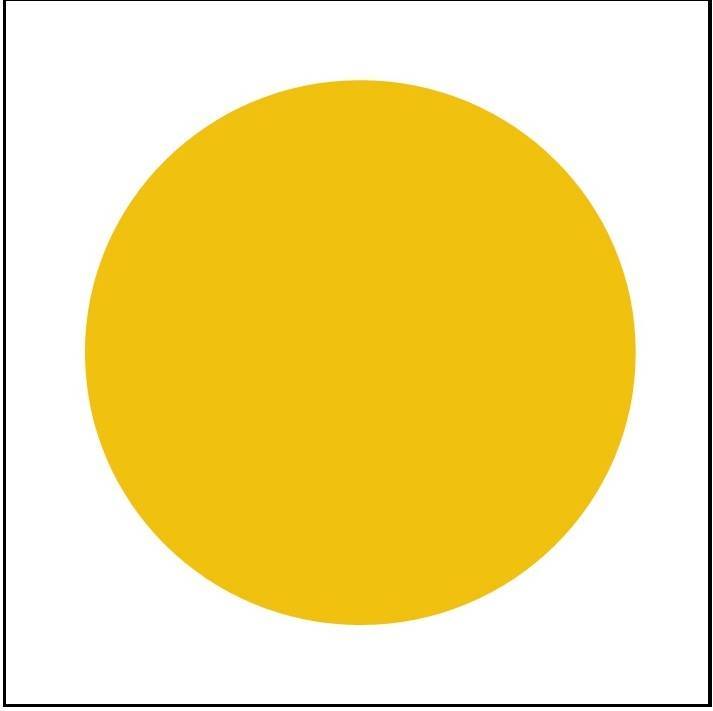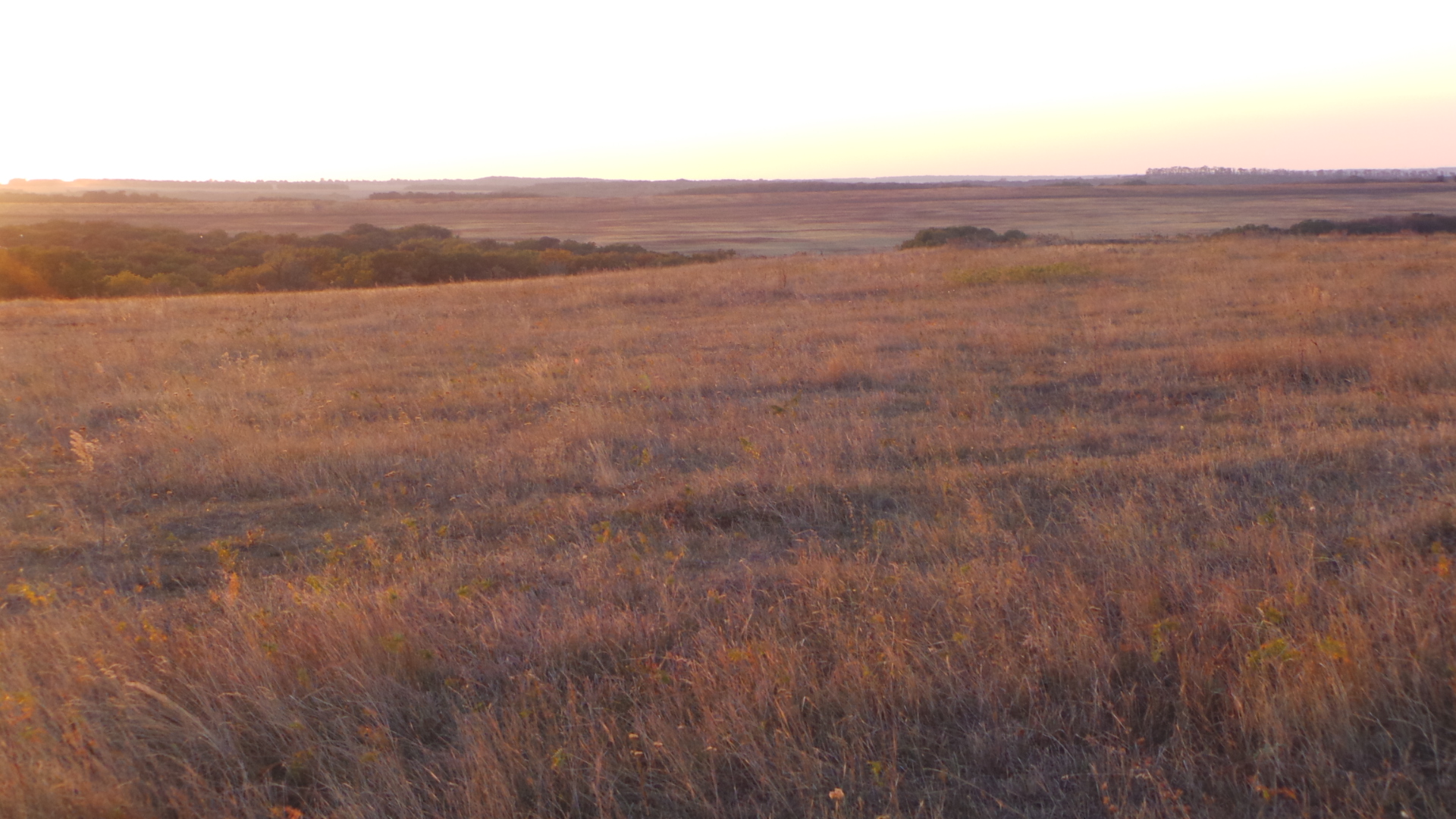Written by Nikolaus von Twickel
Summary
The separatists geared up for the Russian Duma elections by opening “information centres” for online voting and promising buses to Russia for offline voting, while in Russia itself, former Donetsk “revenue minister” Alexander Timofeyev, surfaced in a Moscow detention centre. The pandemic situation worsened further with rising deaths reported in Luhansk and Donetsk.
Preparations for Duma elections in full swing
As the Russian Duma elections drew nearer, the “People’s Republics” stepped up efforts to let as many voters as possible to cast their vote – online and offline. To this end some 400 so-called information centres, equipped with computers, were set up, where volunteers offered to help voters to make the necessary registration at the Russian state services’ portal. The “DNR” set up 255 of these centres, the “LNR” 141. In an interview with the Russian Tass news agency published on 18 August, Luhansk separatist leader Leonid Pasechnik said that the centres would also help cast votes, suggesting that the centres would work as de-facto polling stations.
For those preferring to vote in a real polling station, the separatists offered bus tours: The “DNR” said on 25 August that the “information centres” would offer free bus transfers to the neighbouring Russian region of Rostov on the three election days.
The Russian parliamentary and regional elections will take place on three days from 17 to 19 September. Inhabitants of the “People’s Republics” with Russian passports will be able to vote online for the first time, after the Central Election Commission in Moscow allowed online voting for a number of regions, including Rostov. While they can only vote for Rostov party lists for the State Duma, former “DNR” Prime Minister Alexander Borodai is on United Russia’s list in Rostov.
It was yet unclear if Pasechnik’s boast that “hundreds of thousands” of Russian passport holders will vote, will come true. In the summer of 2020, when the separatists called for participation in Russia’s constitutional amendment plebiscite, apparently only 14,500 of then more than 100,000 Russian citizens in the “DNR” took part.
The “LNR” said on 24 August that 211,000 people had registered at a special hotline for the Russian individual insurance account number. Known by its Russian acronym SNILS, this is a necessary precondition for voting online. However, SNILS also gives users access to Russian social services and state payments, so these numbers do not necessarily indicate voter turnout. The “DNR” said on 23 August that as of 20 August, 221,850 of its Russian passport holders are eligible to vote because they are 18 years and older. The number of Russian passport holders in both “republics” currently stands at above 530,000 – some 250,000 in the “LNR” and 280,000 in the “DNR”.
Donbas expected to back Putin’s party
Regardless of the turnout, observers predict that these votes will disproportionately go to the ruling United Russia party, which is backed by President Vladimir Putin. In an analysis for the Carnegie.ru website, Moscow-based expert Konstantin Skorkin recalled that the majority of voters in Donbas have since 1991 backed a single party they see as representing their interests – first the Communist Party of Ukraine, later the Party of Regions. “As they put their only hope in the Kremlin, voting for the Kremlin’s party seems the best investment in their own future”, he wrote.
Putin’s party can also profit from fawning coverage in separatist-controlled media and one-sided endorsements by separatist leaders. There were no reports of any other Russian political parties campaigning in the “People’s Republics”, where no public political activity can take place without separatist and/or Russia’s consent.
Skorkin argued that by allowing newly-minted Russians to vote in the Duma elections, the “People’s Republics” are being once more moved away from Ukraine towards Russia. And the Kremlin can lessen growing frustration with economic and political malaise inside the “republics” by signaling closer integration with Russia, albeit not annexation, he added.
Former “Revenue Minister” in detention – report
In a rare revelation of the fate of past separatist leaders, Russia’s Kommersant newspaper reported on 18 August that former “DNR” strongman Alexander Timofeyev was in a Moscow detention centre while awaiting trial on fraud charges. Timofeyev, also known as “Tashkent” was the closest ally of separatist leader Alexander Zakharchenko until the latter’s assassination in 2018. He was injured in the explosion that killed Zakharchenko and subsequently fled to Moscow amid allegations of large-scale corruption and extortion of businesses (see Newsletter 42).
The report said that Timofeyev was detained after a sting operation by officers from Russia’s Federal Security Service FSB back in April, when an associate of his was caught offering a Moscow businessman to use Timofeyev’s connections in law enforcement circles to solve his legal troubles for cash. It was unclear why his arrest became public only four months later. According to the Ukrainian newspaper Realnaya Gayeta, close friends of Timofeyev like nationalist writer and former “DNR” field commander Zakhar Prilepin and former “DNR” Telecoms minister Viktor Yatsenko did not speak out at the time because of fear that it might hurt their chances to be elected to the Duma in September. Prilepin and Yatsenko are running for the leftist A Just Russia party.
Rising COVID-deaths amid low vaccination rates
The COVID19-pandemic worsened again without evidence that additional doses with urgently needed vaccine were delivered. The marked and steady rise in officially reported deaths clearly showed the low level of vaccinations in the population.
The „DNR“ reported 1,768 new infections and 140 deaths in the week up to 22 August, bringing total figures to 53,777 cases and 3,948 deaths. In the week before, the figures were 2,086 cases and 111 deaths. Thus, weekly deaths have practically doubled from previous levels of between 87 and 52 (see Newsletter 92). By 26 August the total death toll in the “DNR” stood at 4,024, or 3,658 deaths per 1 million inhabitants (assuming a real population of 1.1 million), again a lot more than the 3,111 deaths per 1 million incurred by Hungary, Europe’s hardest-hit country. As in the past, the “DNR” health ministry reported positive rates of 30 per cent and more, evidence that the real number of infections is multiple times higher than reported. Unconfirmed reports from ”DNR” hospitals speak of overcrowded wards and completely overworked medical staff.
The „LNR“, whose overall numbers (8,595 cases and 837 deaths as of 26 August) remain dubiously low, also reported a marked rise in deaths. In the four weeks between 25 July and 22 August, the weekly official figures more than doubled – from 33 to 40 on 1 August, to 44 on 8 August and 63 on 15 August, reaching 77 in the week up to 22 August. On 6 August the de facto authorities in Luhansk introduced new restrictions on public gatherings and on opening hours for cafes and restaurants. By contrast, the “DNR” imposed no restrictions and planned a massive concert to mark “city day” in Donetsk on 27 August.
Despite the evidence of his own “government”, separatist leader Pasechnik claimed in his 18 August interview that “the death rate has fallen since the beginning of the vaccination campaign” and predicted that “with the pace of vaccinations and regular supplies of Russian (vaccine) that situation won’t last long.”
In reality, the “People’s Republics” are believed to have a vaccination rate lower than Russia’s 24 per cent, maybe even worse than Ukraine’s 7,5 per cent – despite having a massively aged population with officially more than one million pensioners out of less than 2 million inhabitants. Russia, the only available source for vaccines, is itself in the midst of a deadly wave of infections with officially some 800 daily deaths. Moscow sent two parties of its “Sputnik” vaccine in February and March, while a third, including 86,000 doses for the “DNR”, arrived on 28 July, but only with the single-component “Sputnik Light”. A fourth delivery, announced for 9 August, never arrived.
Instead, both “DNR” and “LNR” both announced on 24 August that “Sputnik Light” would now be given to patients over 60 years old – possibly a sign of vaccination hesitancy among the younger age groups.
Closure of crossings with Ukraine leads to long lines at borders with Russia
The latest COVID wave is clearly linked to Russia, whose border crossings with the “People’s Republics” on Ukrainian territory remain open, while crossings between the “Republics” and the rest of Ukraine remain practically closed – with only a few hundred crossings per week in the “DNR” and a few thousands in the “LNR”. The de facto closure force many people to drive through Russia – a massive detour with greatly more cost – and, according to unconfirmed reports – many hours of waiting at the border crossings, where separatist “state security officials” insist on registering every telephone’s International Mobile Equipment Identity number (IMEI).
Pasechnik also reiterated that entry and exit restrictions along the contact line had to remain in place because of rising infections in Ukraine – despite the fact that case numbers in Ukraine have remained much lower than, say in Russia.
Joint security training
Meanwhile, both “republics” announced joint exercises of their security and emergency situations services. The drills, scheduled between 23 and 27 August, were officially explained as a response to growing risks of “diversion by Ukrainian special forces” and include an increase in traffic and vehicle controls. They coincided with a fresh draft of recruits for the separatist armed formations.
*************************
(featured image by Jeroen Akkermans, used under Creative Commons Attribution-NonCommercial-ShareAlike 2.0 Generic (CC BY-NC-SA 2.0).



